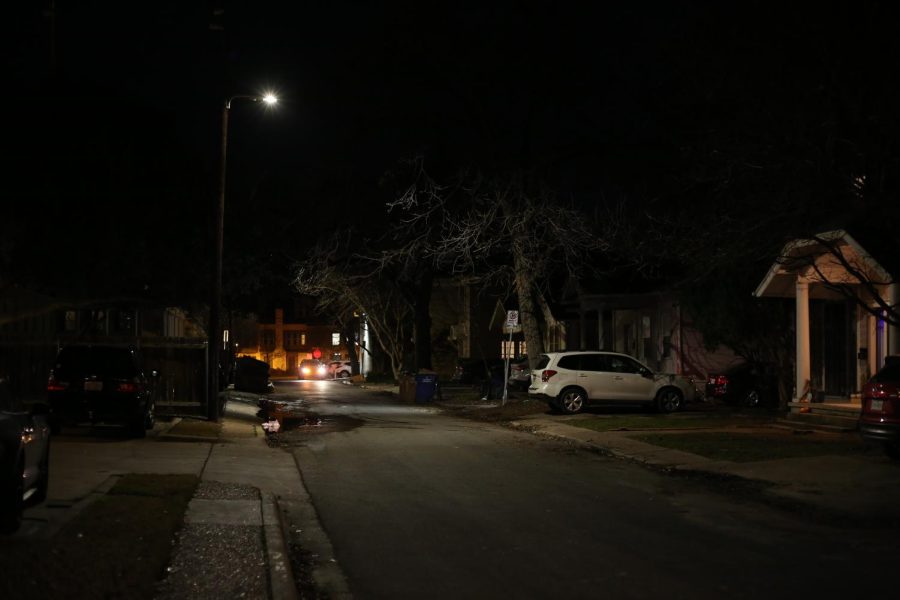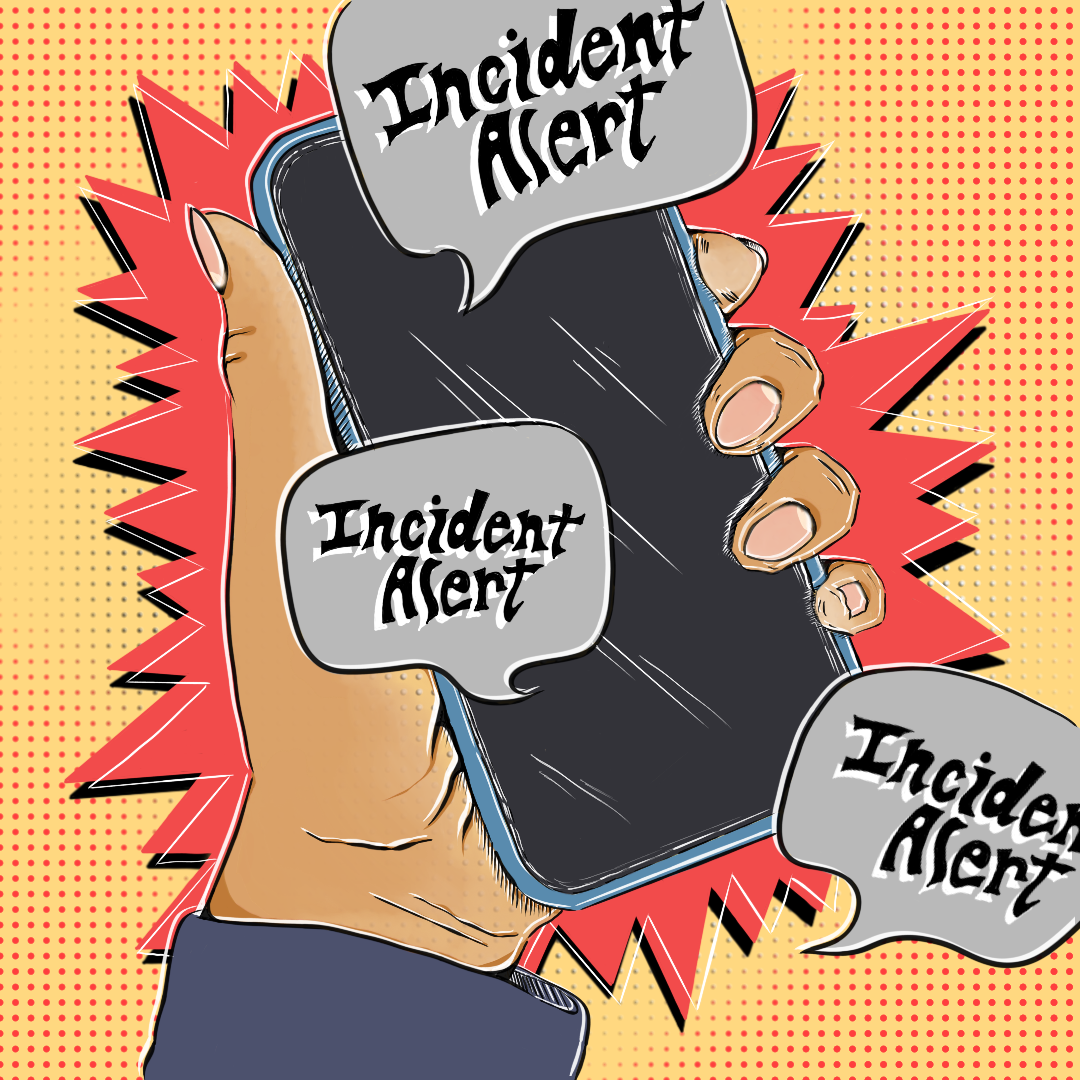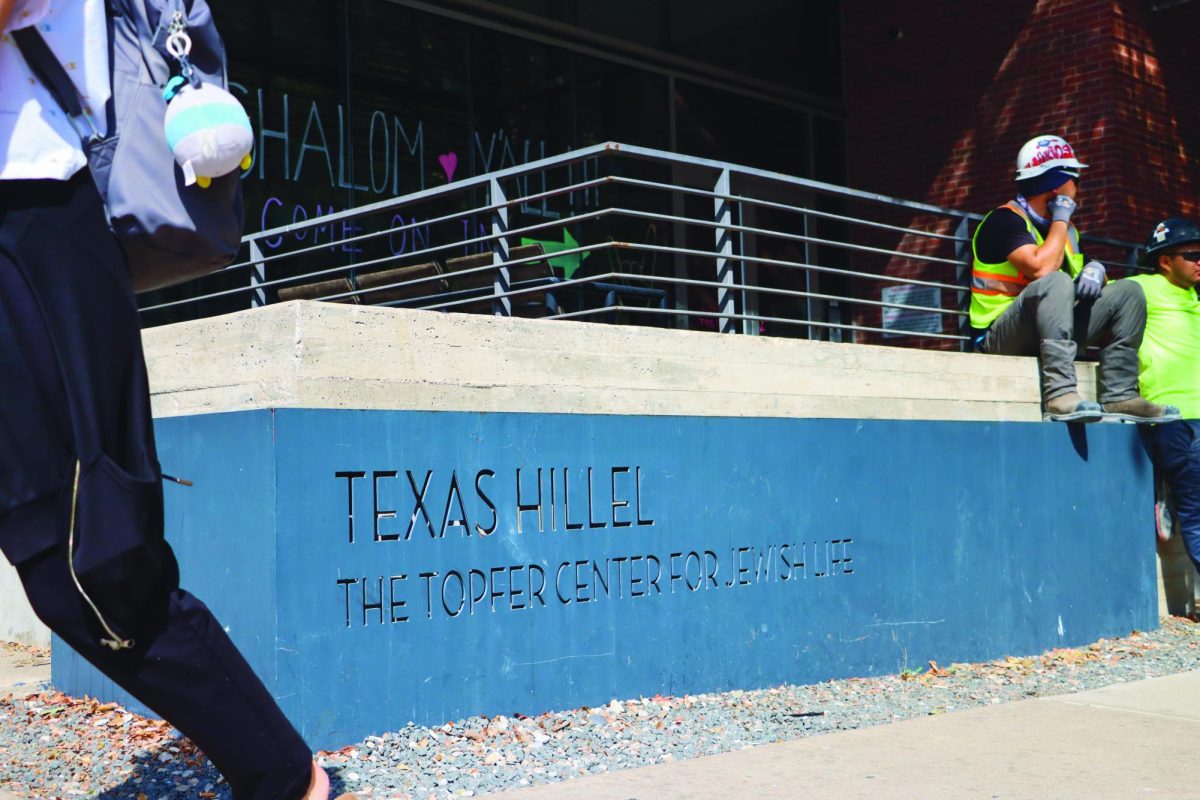The UT Police Department responded to three terroristic threats in December and one so far this month, according to UTPD’s daily crime log.
“When we look at (terroristic threat) cases and the ones that we have here at UT, they are typically one person communicating a threat to another — a staff member to staff, student to faculty or student to student — and the threat doesn’t represent any type of threat to the community,” UTPD Assistant Chief Peter Scheets said.
The threats UTPD responded to occurred on and near campus, with two occurring on Speedway, one near the Dell Seton Medical Center and another on Guadalupe Street. UTPD is still investigating two of the events, has determined one did not involve criminal activity and has resolved the other by arrest, according to their crime log.
UTPD chose not to send notifications of these threats to students because the Clery Act only instructs institutions to issue a notification if the threat presents an immediate danger to the campus community, Scheets said.
UTPD follows the Texas Penal Code’s definition of a terroristic threat, Scheets said. The code states “a person commits an offense if he threatens to commit any offense involving violence to any person or property,” with intentions such as causing a reaction from an official agency, occupying a public place and placing a significant group of the public in fear of injury.
Biology junior Clayton Wilkerson said UTPD should send out alerts about terroristic threats depending on the level of the threat.
“If the situation could cause problems to multiple people, then yes, send (the alert) out,” Wilkerson said. “But if it’s something that (UTPD) can control right on the spot, there’s really nothing (for them) to do.”
UTPD’s Threat Mitigation Unit helps to classify the legitimacy of terroristic threats and determines if a threat presents a pressing danger to students, faculty and staff, Scheets said.
“They have a protocol and a process where they review the threats, they look at all aspects of it, and they help us make an assessment on (questions such as) ‘Is the (threat) credible (and) does it represent a threat to the wider community?’” Scheets said. “Then, they come up with safety plans and ways to address and mitigate the threat.”
The number of terroristic threats that occur on and around campus varies each year, with UTPD receiving about a handful of terroristic threats a year, Scheets said. It is not uncommon for some threats to occur during finals season, UTPD Lieutenant Robert Stock said.
“Whether it be bombs, whether it be anything like that,” Stock said. “It’s usually to postpone a final a bit … That’s normally when we get the ones to notify the whole campus.”
Psychology sophomore Leslie Delhomme said she does not remember receiving alerts about terroristic threats on campus during the fall semester. However, Delhomme said she thinks UTPD still has a relatively good alert system.
“I get alerts fairly often so I can tell they’re trying their best,” Delhomme said. “I guess when it comes to things like robbery and sexual assault, they feel that since (they’ve) actually happened, they’re more prominent than terroristic threats … but I think it’s an OK (alert) system.”




















